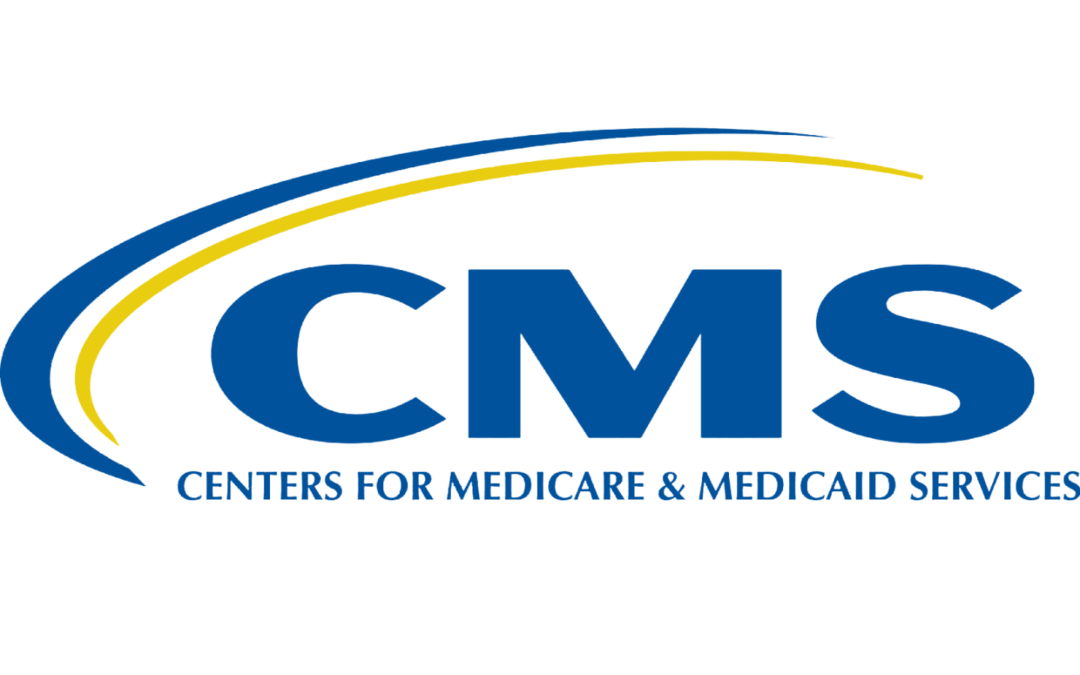The data submission period for Medicare’s Merit-Based Incentive Payment System (MIPS) 2023 performance year is underway, and closes April 1 at 7 pm CT. At stake is a pay cut of up to 9% in the 2025 payment year.
MIPS-eligible physicians and health professionals must submit data to the Centers for Medicare & Medicaid Services (CMS) each year. Data submitted for a given performance year affects your Medicare payment two years later.
The COVID-19 exemptions are over and practitioners who see Medicare patients must participate in Medicare’s Merit-Based Incentive Payment System (MIPS) if their billed revenue or volume are past a certain threshold. Enter your NPI number here to find out if you are “eligible” (Medicare’s term for “required”) to participate.
Scoring is based on a 100-point scale that grades a clinicians’ performance across four categories: quality, cost, practice improvement activities (IAs), and promoting interoperability (PI). To avoid a pay cut in the 2025 payment year (monetary penalties and bonuses always lag 2 years behind the reporting period), clinicians will need a final MIPS score of at least 75 points for the 2023 MIPS performance year. That is the same threshold as 2022. The maximum penalty is 9% of Medicare revenue, which is a lot given the poor payment rates for Medicare services. Unfortunately, the bonuses that can be achieved have been meagre. To earn any bonus money, a clinician must score about 75, and the amount of bonus increases as the score increases. Unlike in previous years, MIPS no longer offers an exceptional performance bonus.
Clinicians must log in to the Quality Payment Program (QPP) website to submit their 2023 MIPS data or to review the data reported on their behalf by a third party. If you are using a registry, electronic health record, or other third-party submitter, check their deadlines, as they may be earlier than the CMS deadline. To log in to the QPP website, clinicians must register in the Healthcare Quality Information System Access Roles and Profile system. If you need help, download the QPP Access User Guide. I’m providing a link to one of the documents in this zip file, QPP Access at a Glance.pdf. Although CMS tries to make this process seem straightforward, it makes getting through medical school seem like the easy part. Here’s a link to the QPP resource library.
Many physicians working full-time in hospital-based outpatient centers (HOPDs) are either below the threshold for mandatory reporting, or it’s handled by their employer. That’s one reason MIPS has seemed like a “nothing-burger” for wound care practitioners – unless they are working in an office-based (or mobile office) setting. The yawn about MIPS is likely to change, and one thing that might change it is the new “cost measure” that is about to be launched by CMS for “non-pressure ulcers,” (which will be applied to doctors treating DFUs, VLUs, arterial ulcers and generic chronic ulcers). Stay tuned for more information about the cost measure that will be applied to wound care practitioners.
–Caroline

Dr. Fife is a world renowned wound care physician dedicated to improving patient outcomes through quality driven care. Please visit my blog at CarolineFifeMD.com and my Youtube channel at https://www.youtube.com/c/carolinefifemd/videos
The opinions, comments, and content expressed or implied in my statements are solely my own and do not necessarily reflect the position or views of Intellicure or any of the boards on which I serve.



